2025 Nissan Frontier vs. 2025 Toyota Tacoma: 5 Major Differences originally appeared on Autoblog.
Japanese midsize trucks combine practicality and capability
Americans have garnered a reputation for their love of trucks over the years, and while many associate that infatuation with full-size models, such as the Ford F-150, mid-size trucks offer sufficient capability at a fraction of the price. If you don’t need to tow anything cumbersome, like machinery, trailers, and the like, a midsize truck like the Nissan Frontier or Toyota Tacoma could serve you well. Although the Frontier and Tacoma are both built by Japanese manufacturers, there are several key differences to take into account before you buy.
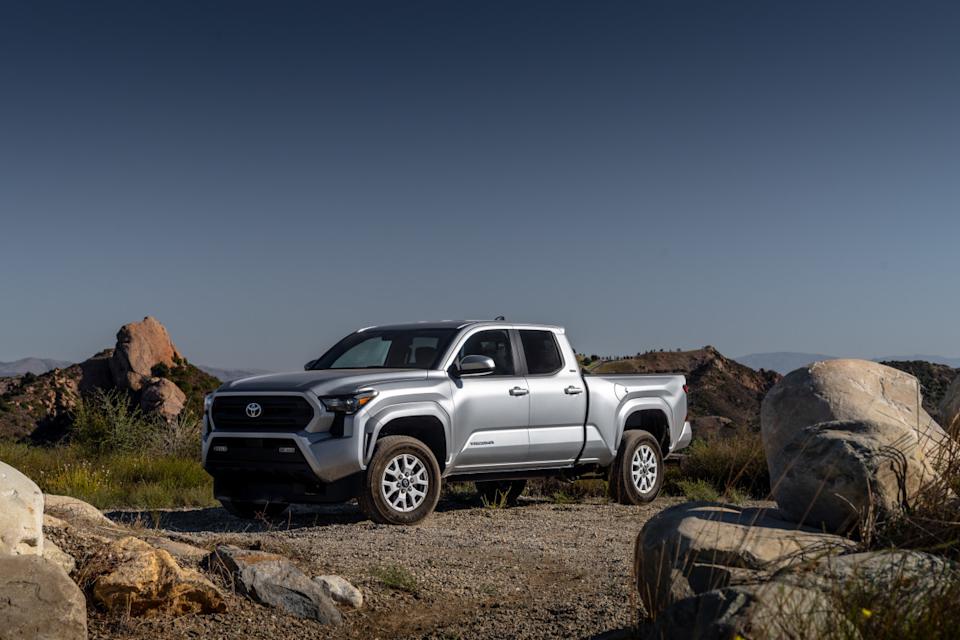
1. The Toyota Tacoma is available in hybrid form
When it comes to fuel economy, the Toyota Tacoma and Nissan Frontier are nearly evenly matched, depending on configuration. In their base forms, the Tacoma is rated for 20 mpg in the city and 26 mpg on the highway. The Nissan Frontier earns up to 19 and 24 mpg in the city and on the highway, respectively. While the Frontier comes with just one engine option, the Tacoma is also available with a hybrid powertrain.

When equipped with an i-Force Max 2.4-liter turbocharged hybrid four-cylinder engine, the Toyota Tacoma earns up to 22 mpg in the city and 24 mpg on the highway. While that fuel economy isn’t exactly a notable jump, the hybrid powertrain generates 326 horsepower and 465 lb-ft of torque. That’s a dramatic increase compared to the 2.4-liter turbocharged four-cylinder engine’s maximum output of 278 horsepower and 317 lb-ft of torque. Upgrading to a hybrid powertrain isn’t cheap, though, with the TRD Sport i-Force Max priced from $46,720. Notably, the top Trailhunter and TRD Pro trim levels are only available with a hybrid powertrain.
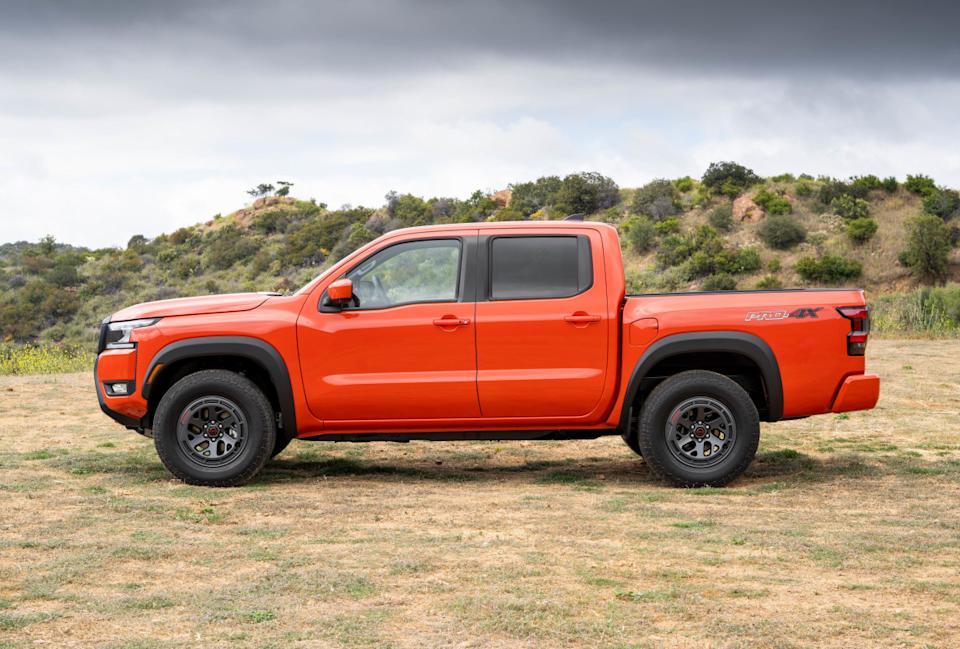
2. Nissan Frontier offers higher towing capacity
If you’re looking at trucks, odds are you need to tow something, whether that be a trailer, boat, or anything in between. The Nissan Frontier wins the towing contest, boasting a maximum towing capacity of 7,160 lbs in the base model when equipped with rear-wheel drive, a long bed, and King Cab. Opting for a crew cab reduces the Frontier’s towing capacity to 7,040 lbs.
On the other side of the equation, the Toyota Tacoma’s towing capability tops out at 6,500 lbs. in the SR5 model when equipped with rear-wheel drive, a six-foot bed, and extended-cab (XtraCab) configuration. Opting for a hybrid Tacoma reduces the truck’s maximum towing capacity to 6,000 lbs.
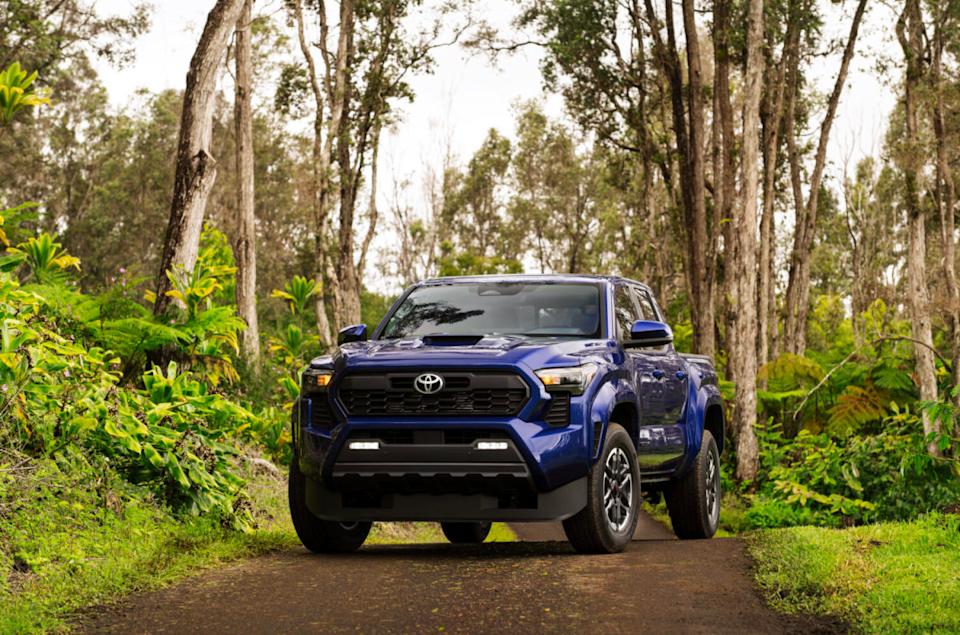
3. The Toyota Tacoma is slightly cheaper
Midsize trucks are a more budget-friendly alternative to their full-size siblings, especially when every dollar counts. From a budget perspective, the Toyota Tacoma is the better option, as it starts at a slightly lower price compared to the Nissan Frontier at the base level.
The base-level Tacoma SR, with rear-wheel drive, an extended cab, and a six-foot bed, is the most affordable option, starting at $31,590. The Nissan Frontier is hot on the Tacoma’s trail, though. The Frontier S, with rear-wheel drive, King Cab, and long bed, is the most affordable model, priced from $32,050, which is $460 more than the base Tacoma.
There’s a pretty dramatic difference in range between the Tacoma and Frontier to take into consideration as well. Nissan’s midsize pickup is available in just four trim levels with King Cab and crew cab configurations. The Toyota Tacoma, on the other hand, is available in six gas- and five hybrid-powered trim levels, with extended-cab and crew-cab body styles. The Frontier keeps things simple at the top of the range, with an SL model with a crew cab, long bed, and four-wheel drive priced from $45,610. The Tacoma Limited tops the gas-powered models at $52,955, while the TRD Pro sits at the top of the hybrid range, priced from $64,135.
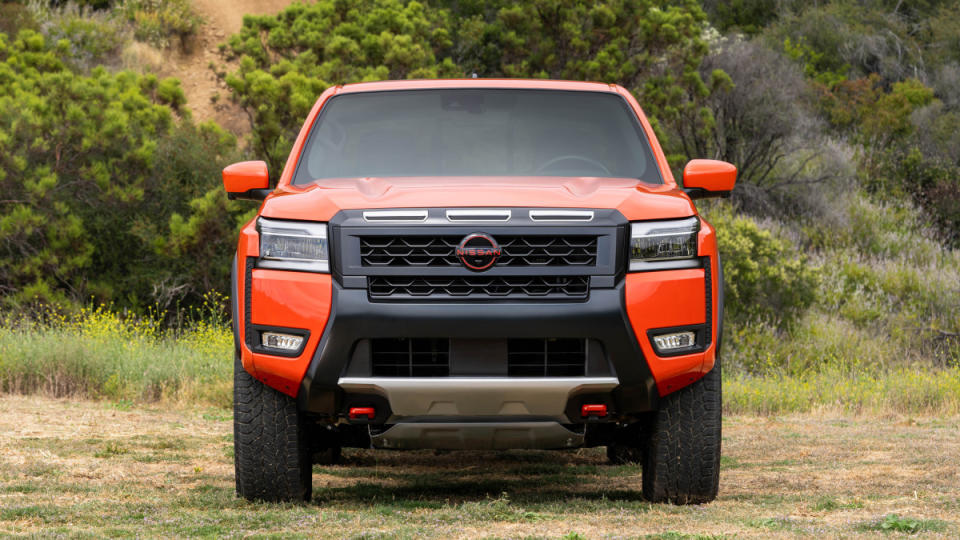
4. Base Nissan Frontier offers higher performance specs
While the base-level Nissan Frontier is the more expensive of the two midsize Japanese pickups, it also provides more bang for your buck. Under the hood of every Frontier lies a 3.8-liter V6 engine mated to a nine-speed automatic transmission. That combination produces 310 horsepower and 281 lb-ft of torque.
In its base form, the Toyota Tacoma comes equipped with a 2.4-liter turbocharged four-cylinder engine mated to an eight-speed automatic transmission. It puts out just 228 horsepower and 243 lb-ft of torque.
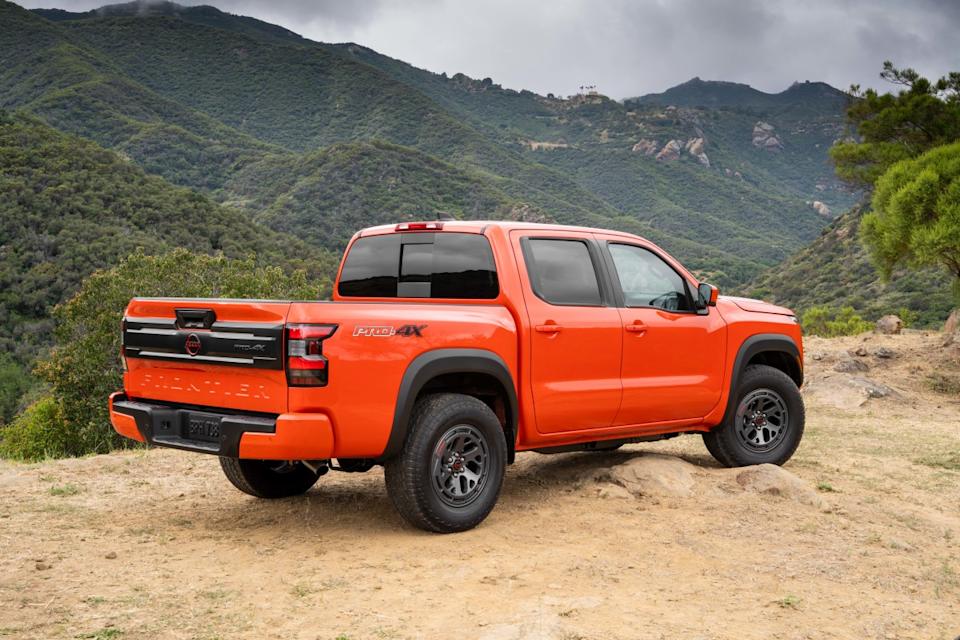
5. The Toyota Tacoma is available with a manual transmission
An automatic transmission is ideal for both city and highway driving, especially when roadways become congested. Both the Toyota Tacoma and Nissan Frontier come standard with an eight-speed and nine-speed automatic transmission, respectively, allowing drivers to sit back and relax on the road. If you want a manual gearbox for more challenging driving conditions where you need more control over your speed, however, the Toyota Tacoma is a better pick.

The Toyota Tacoma is available with a six-speed manual transmission, but there are a few caveats to be aware of. First and foremost, not every model is available with a manual gearbox. The base SR, TRD Sport, and TRD Off-Road are the only trim levels that can be equipped with a six-speed manual transmission. All other Tacoma trims come standard with an eight-speed automatic transmission. Opting for the manual increases the turbocharged engine’s output from 228 to 270 horsepower and 243 to 310 lb-ft of torque.
Final thoughts
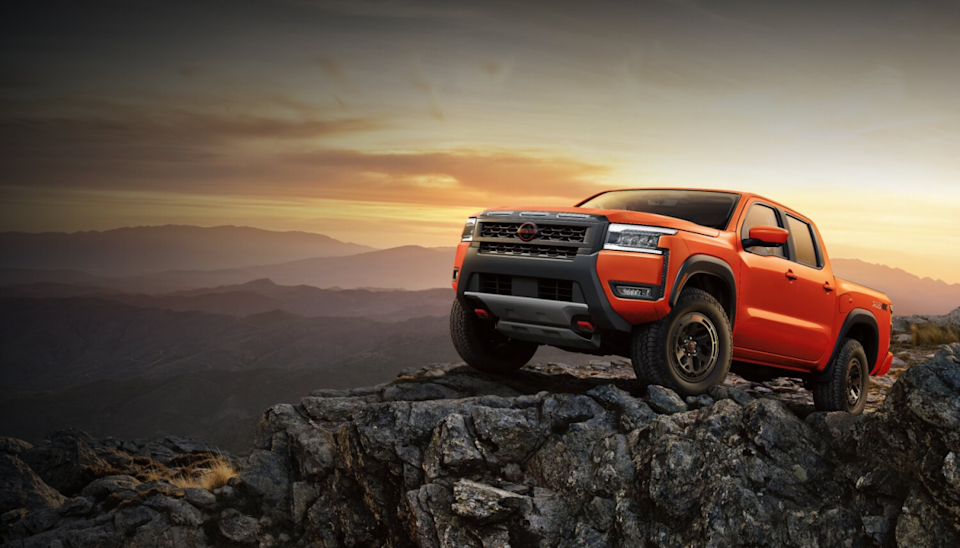
Both the Nissan Frontier and Toyota Tacoma are solid midsize trucks, but one could have an edge over the other depending on what you need it to do. If you need higher fuel economy for long drives, the Tacoma is a better choice. If performance or towing capability on a budget is the name of the game, then the Frontier has an advantage. Be sure to check out both Japanese trucks in person before making your final decision.
2025 Nissan Frontier vs. 2025 Toyota Tacoma: 5 Major Differences first appeared on Autoblog on Aug 7, 2025
This story was originally reported by Autoblog on Aug 7, 2025, where it first appeared.
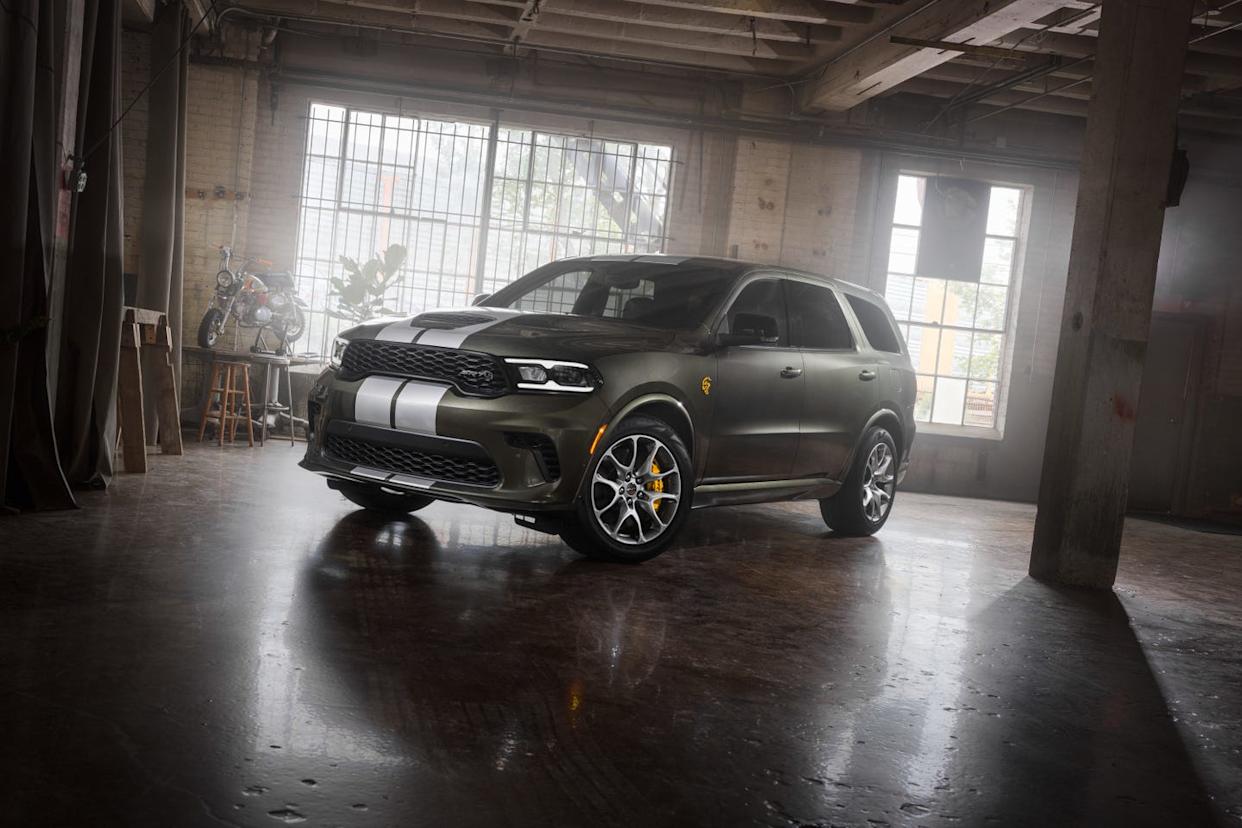
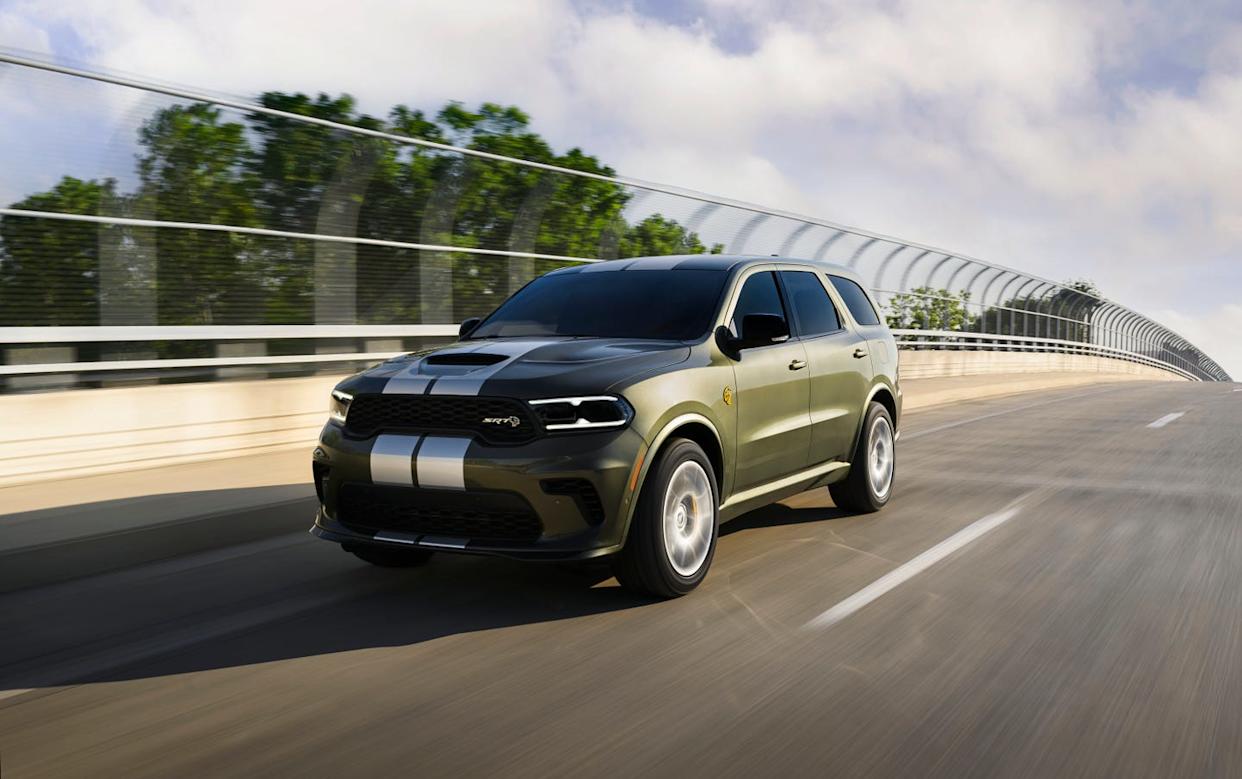

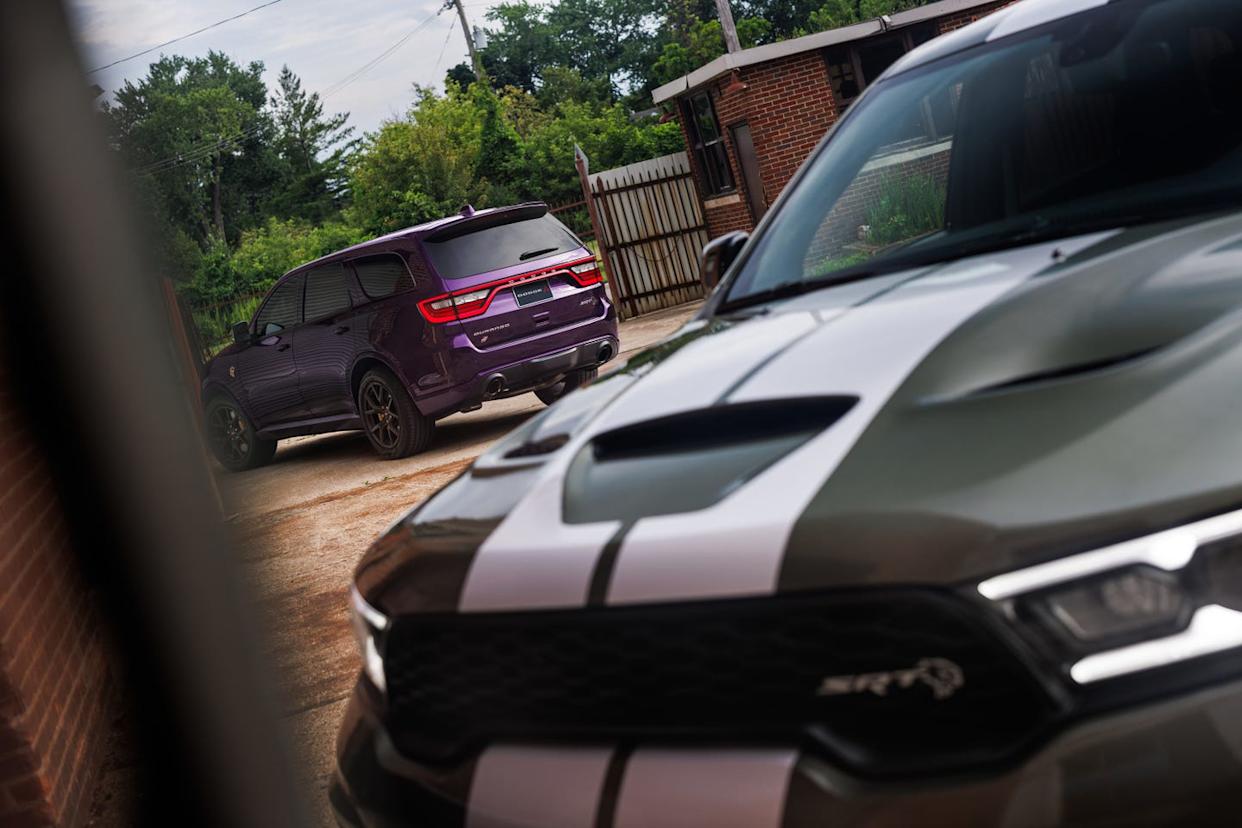
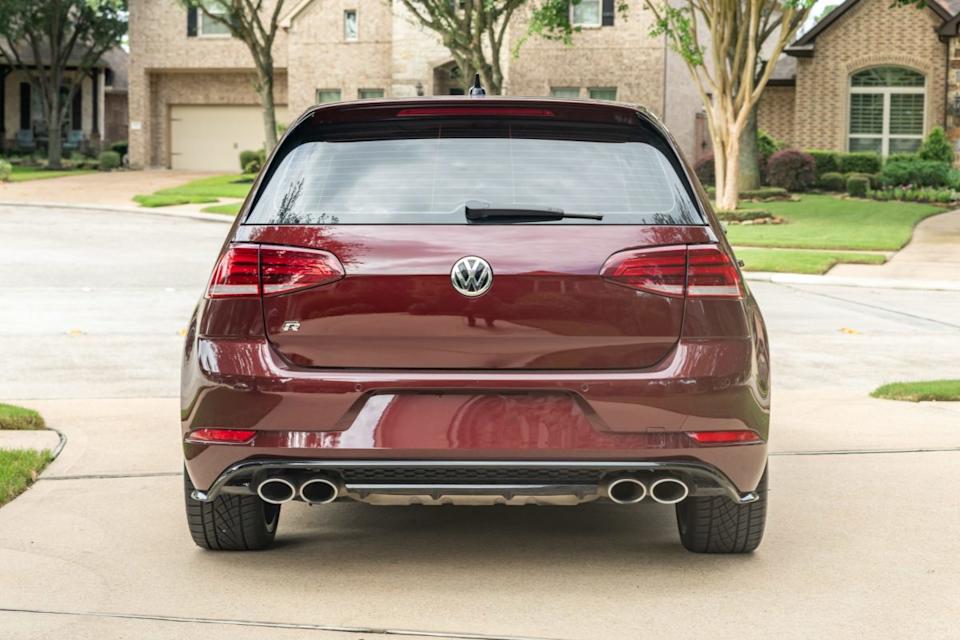

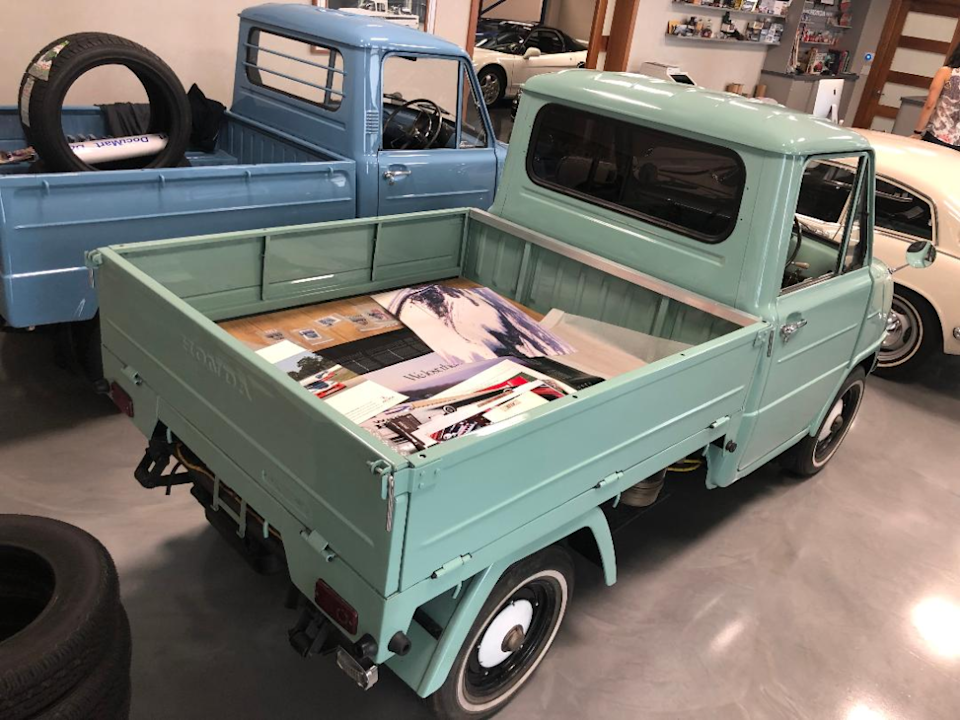
Comments